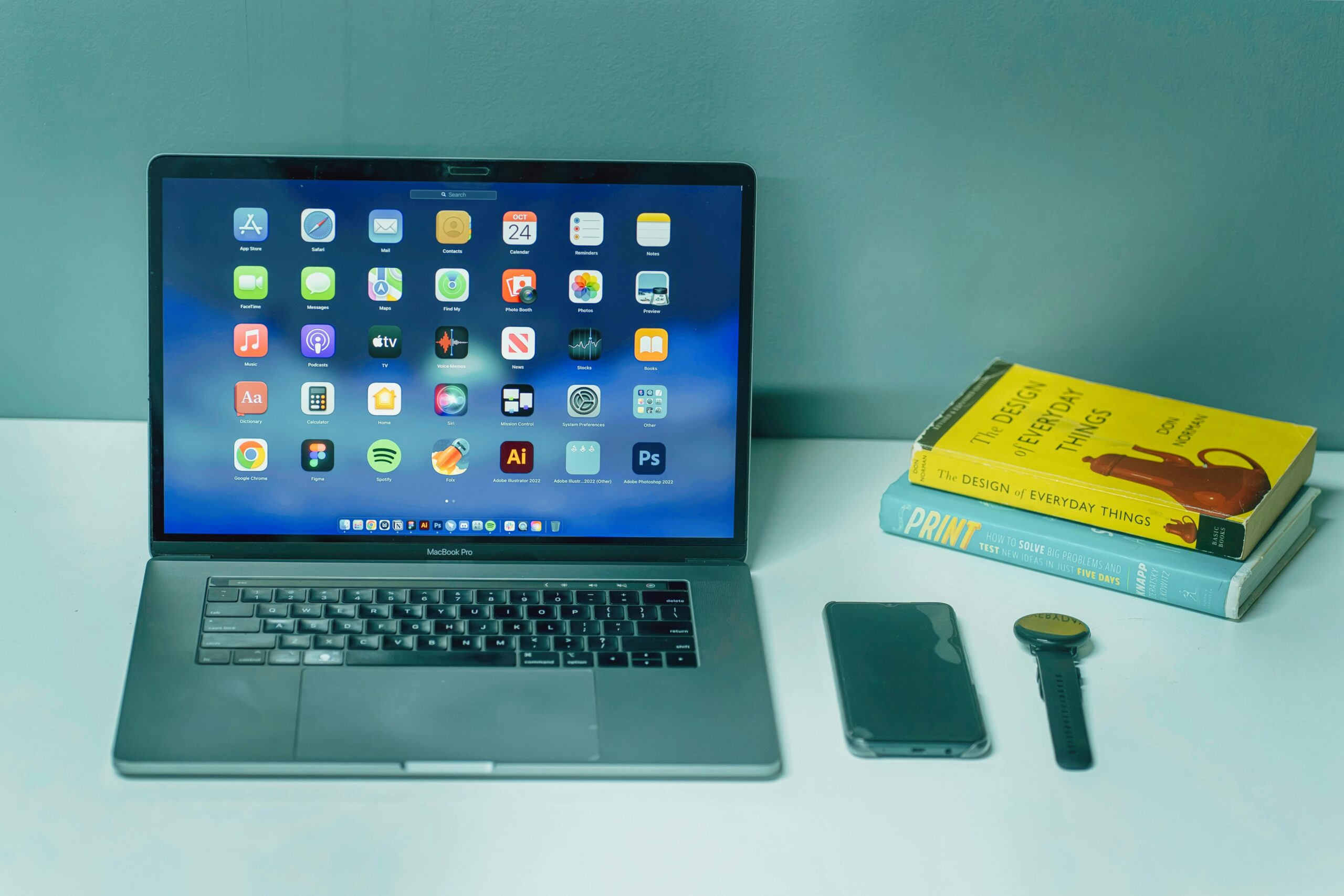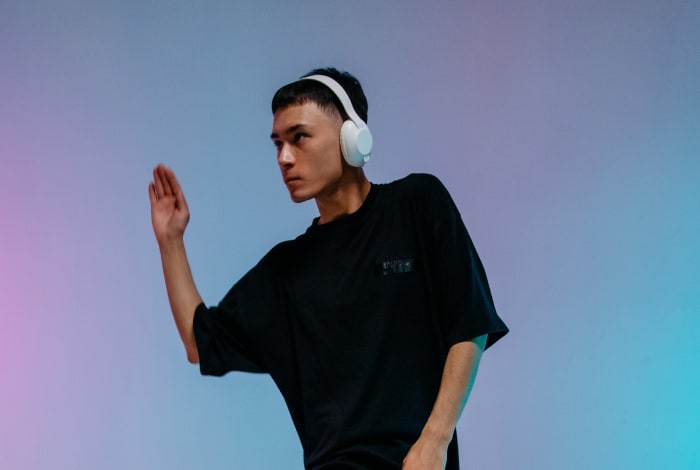Working remotely has become the norm rather than the exception in the workplace of today. This shift has allowed companies to recruit skilled professionals from across the globe while empowering employees to work from anywhere and adapt their schedules to achieve a healthier work-life balance. While these have supported the shift from on-site to remote work, it has also created restraints and challenges around effective collaboration. We have made remote collaboration and a fully virtual workplace a pillar of our business at DODO, which has allowed us to employ initiatives that have an impact, both internally and on our external projects as we use human-centered design methods to address and proffer solutions in the social impact space.
How Have We Managed Collaboration in a Virtual Space?
Building an environment of trust and effective communication
Trust is essential in a remote environment, it serves as the glue that ties teams together. We build trust by emphasizing transparency. Setting clear goals, checking in regularly, and sharing accountability help every team member stay aligned with the overall objectives and vision of the organization. This alignment ensures everyone understands their role, stays on the same page, and gets the support they need to perform effectively. Communication must also be seamless. We use Google Workspace applications such as G-chat for real-time communication with team members and Google Meet for regular team check-ins, promoting open communication and encouraging team members to freely share questions, concerns, and ideas.
Leveraging the right tools for collaboration
We leverage technology and centralized workspaces. Miro, for example, enables us to brainstorm and communicate visually, and virtually. Figma plays a vital role in our design workflows, allowing team members to co-create in real time and maintain design consistency across projects. Airtable serves as our hub for storing employee data and automating operational processes. Google Drive streamlines file organization and keeps documents up-to-date and accessible. This reduces confusion and facilitates teamwork. Also, project management tools like Asana make it easy to assign tasks, create deadlines, and track progress; measuring productivity and output.
Clearly defined roles and responsibilities
Productivity depends on everyone understanding and having clear roles and responsibilities. When each member of the team has a good grasp on what their individual contributions are and how it fits into the overall picture of the organization, they are more effective in those roles. For instance, when working on a project, each person is assigned tasks and responsibilities that are related and interdependent within the greater team, having each person be aware of how their output impacts someone else’s input ensures collaboration.
Tracking performance
To ensure accountability, we conduct regular check-ins and progress updates. Daily stand-ups help us clarify goals and handle any roadblocks, ensuring that deadlines are reached while maintaining quality.
Encouraging open feedback
For us, feedback is not only welcomed but actively encouraged. This transparency allows us to continuously grow both as individuals and as a team, and fosters a sense of trust, respect, and confidence among team members. We frequently employ the ‘sandwich method’ when providing feedback to team members. This strategy begins with positive comments and then addresses areas for improvement constructively before closing on a positive note once more. This helps to preserve confidence and morale.
Process documentation/templates
To ensure consistency in processes as well as reduce errors, we often establish templates for procedures and tasks. This establishes a consistent pattern, making it easier for team members to navigate their tasks.
In conclusion, we have discovered that effective remote collaboration entails more than just technologies and methods; it is about building trust, encouraging open communication, and creating a culture whereby everyone feels appreciated. By transforming the challenges of remote work into opportunities through our practices, we have converted remote work into a competitive advantage that fosters innovation and produces meaningful outcomes. By sharing these practices, we hope it can serve as a road map for remote teams to succeed.
Collaboration, when done correctly, is not limited by distance; it is driven by connection, purpose, and a shared commitment to greatness.
Author
-

Aderonke Adekunle is an accomplished project manager recognised for her ability to keep projects on track. As a reliable leader, she consistently delivers exceptional results punctually.
View all posts

